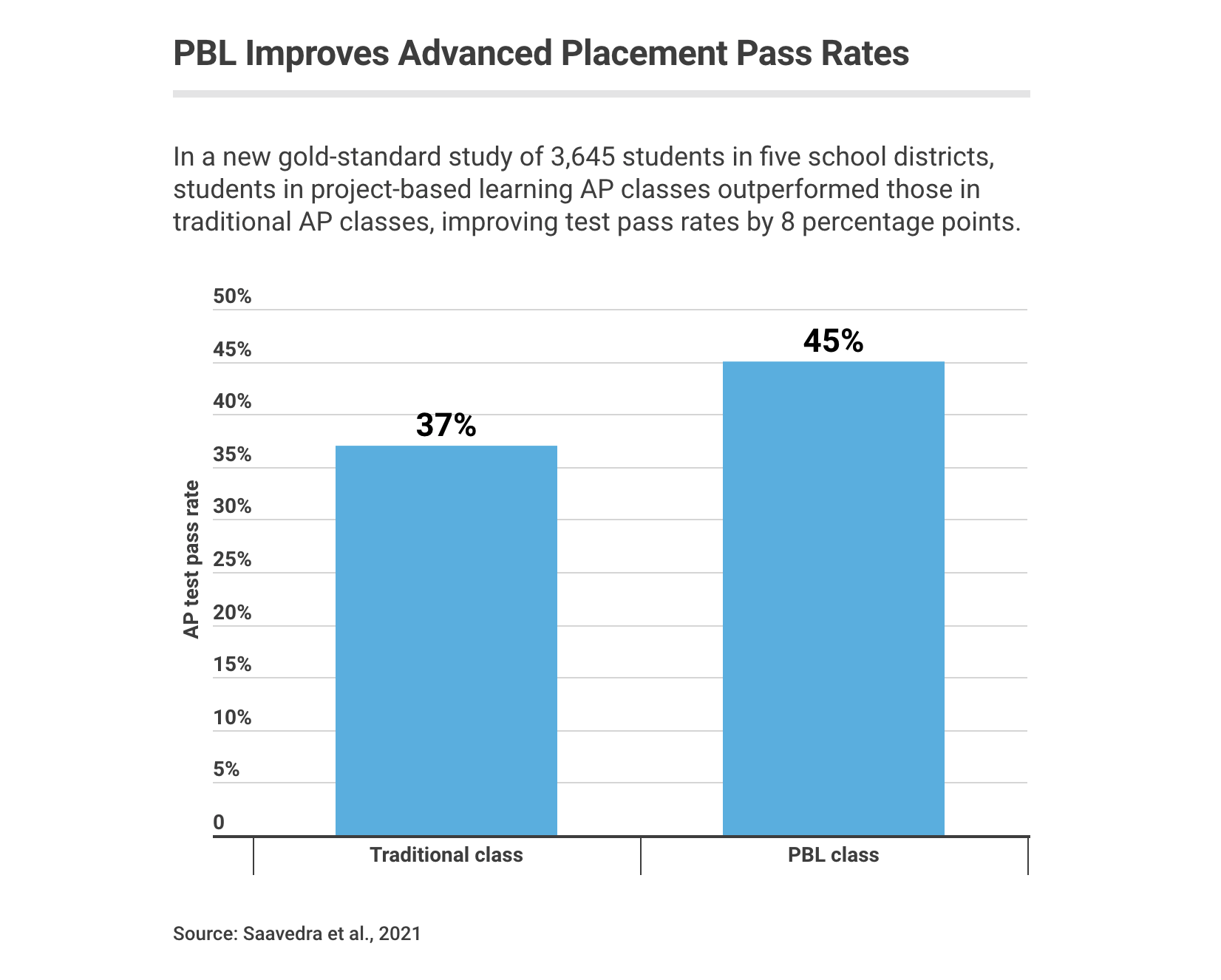I was working with educators on their summer school plans recently. We were discussing what students needed first and how to meet them where they were. Without the constraints of “school” their creativity flourished: camp style, intramurals, individualized education plans, outdoor spaces, mentoring, community planning, building things, and all with a focus on building relationships, connection, and flexibility.
This conversation was inspiring because as many prepare for summer school I hear the pervasive narrative of learning loss and how we have to catch kids. Instead, these educators were so in tune with their students and teachers and knew that this was an opportunity to design for learning not out of fear. How we frame things matters and will impact our students and communities.
Addressing “Learning Loss”
I understand that there will be gaps in content knowledge, skills that have been out of practice (including social skills), trauma that will impact student (and adult) wellbeing and more. We are collectively exhausted from a year that took continual navigation, major pivots, and lots of loss- not just of learning– but of life, community, and a world that for better or worse we had known. Adding to this the overwhelming pressure to recoup a year of “learning loss” is 1) deficit based and fails to help us focus on each child and what they need, 2) puts unrealistic pressure on educators to catch everyone up since they have never been at the same place to begin with and 3) not likely to really improve outcomes unless we do something different than what most people did over the course of the school year.
Although what we know about school compels us to work through the curriculum with more worksheets, tests, and group kids by “ability” according to the aforementioned tests in order to catch them up, if we really want to improve outcomes for students and help them deepen expertise, improve motivation, and develop fluency with foundational skills and application to solve meaningful problems, we have to use principles that we know impact learning.
What Impacts Learning and Growth
Edutopia recently published an article summarizing two research studies of thousands of students in diverse school systems across the U.S. where their findings showed project-based learning significantly outperformed traditional curricula, raising academic performance across grade levels, socioeconomic subgroups, and reading ability. Engaging in well-designed projects taught students how to apply what they were learning and also showed they were able to demonstrate on a test as well.


6 Questions to Consider When Planning for Learning in Summer School and Beyond
1. Are you designing to meet the needs of the whole child?
Students are more than test scores and GPAs. To ensure powerful learning, consider what is needed to ensure each child is healthy, safe, engaged, supported, and challenged. How can you make sure students are getting to connect with adults and peers and that their social, emotional, and academic needs are addressed?
2. Do you use competency-based assessment to understand what students can do?
Students may have received Fs or not attended a class, or missed instruction but that doesn’t necessarily mean they don’t know something. Consider the barriers that exist and how students can show what they know in a variety of ways. How can you design instruction, assessment, and reporting based on what students can do and the application of what they know?
3. Are you developing learner agency?
When learners have the power to act, they are more invested in the work. How can you create opportunities where students have the power, combined with choices, to take meaningful action and see the results of their decisions?
4. How will learners engage students in relevant and authentic learning experiences?
When students have opportunities to explore, discuss, and meaningfully construct concepts and relationships in contexts that involve real-world problems and projects that are relevant to the learner, they are more motivated to persist. How might students investigate and learn to solve problems that matter to them and others?
5. How will you create personalized plans to meet students where they are?
Personalized playlists and content allow each student to get what they need. When you leverage technology, mentors, and flexible scheduling to customize learning with students based on their strengths, needs, skills, and interests, we can support learners to achieve the desired goals at their own pace, place, and path. How can you create individualized plans to support students’ academic, social and emotional needs?
6. How can you invite learners to be part of an inclusive community?
When learners are recognized and valued for what they bring to the group and they feel like they truly belong, they become a community of learners. How might you create a community and make students feel welcome, safe, and excited to engage in their learning?
We know that students are all at different places and have varying strengths and challenges which is why there is a need more than ever to create more personalized, learner-centered classrooms where each child gets what they need to move forward, not just more pressure to do more work and to catch up.
Join us for a Webinar on Summer Learning Opportunities
Tuesday, March 23 at 2 pm PT



0 Comments
Trackbacks/Pingbacks